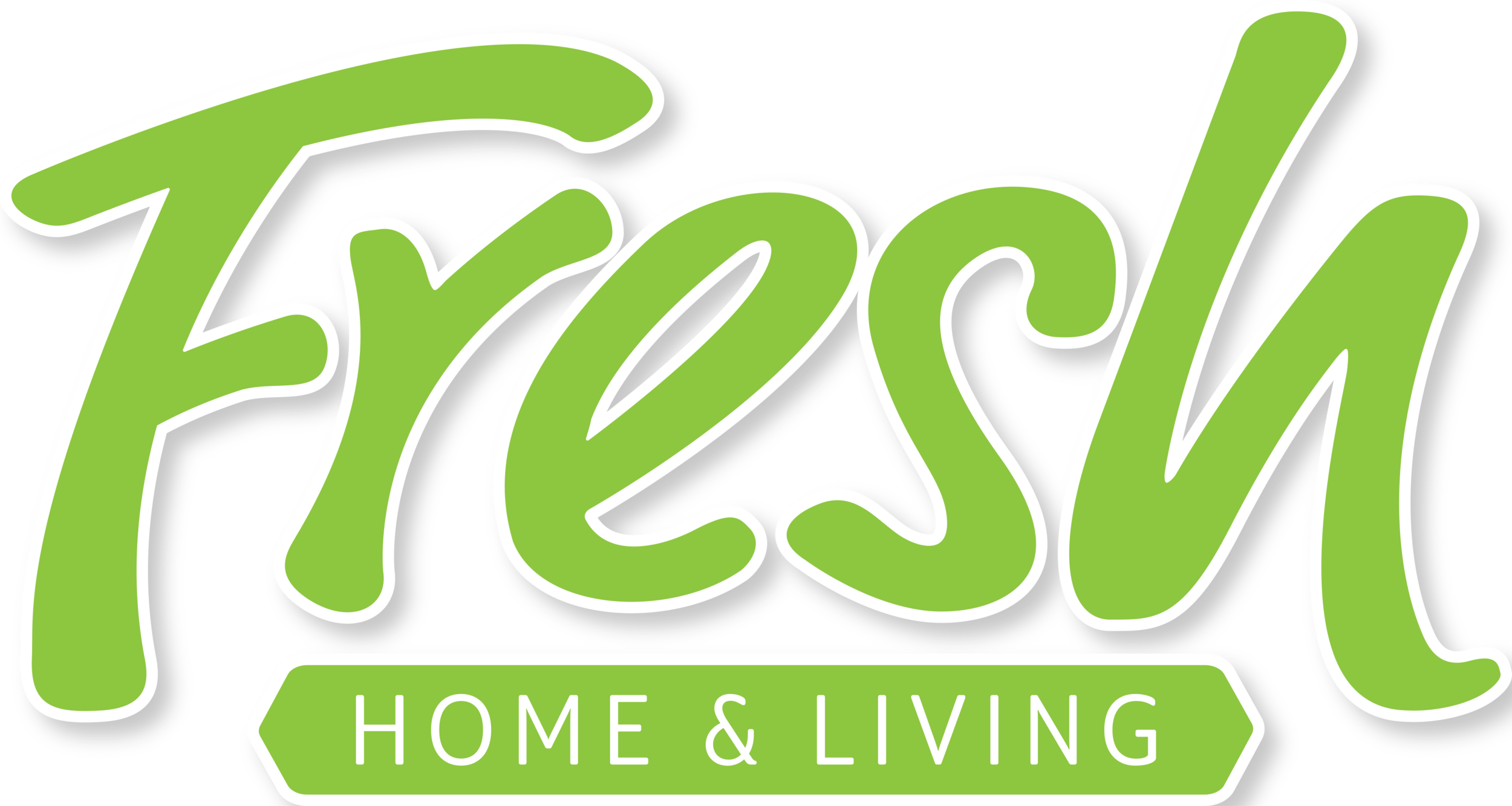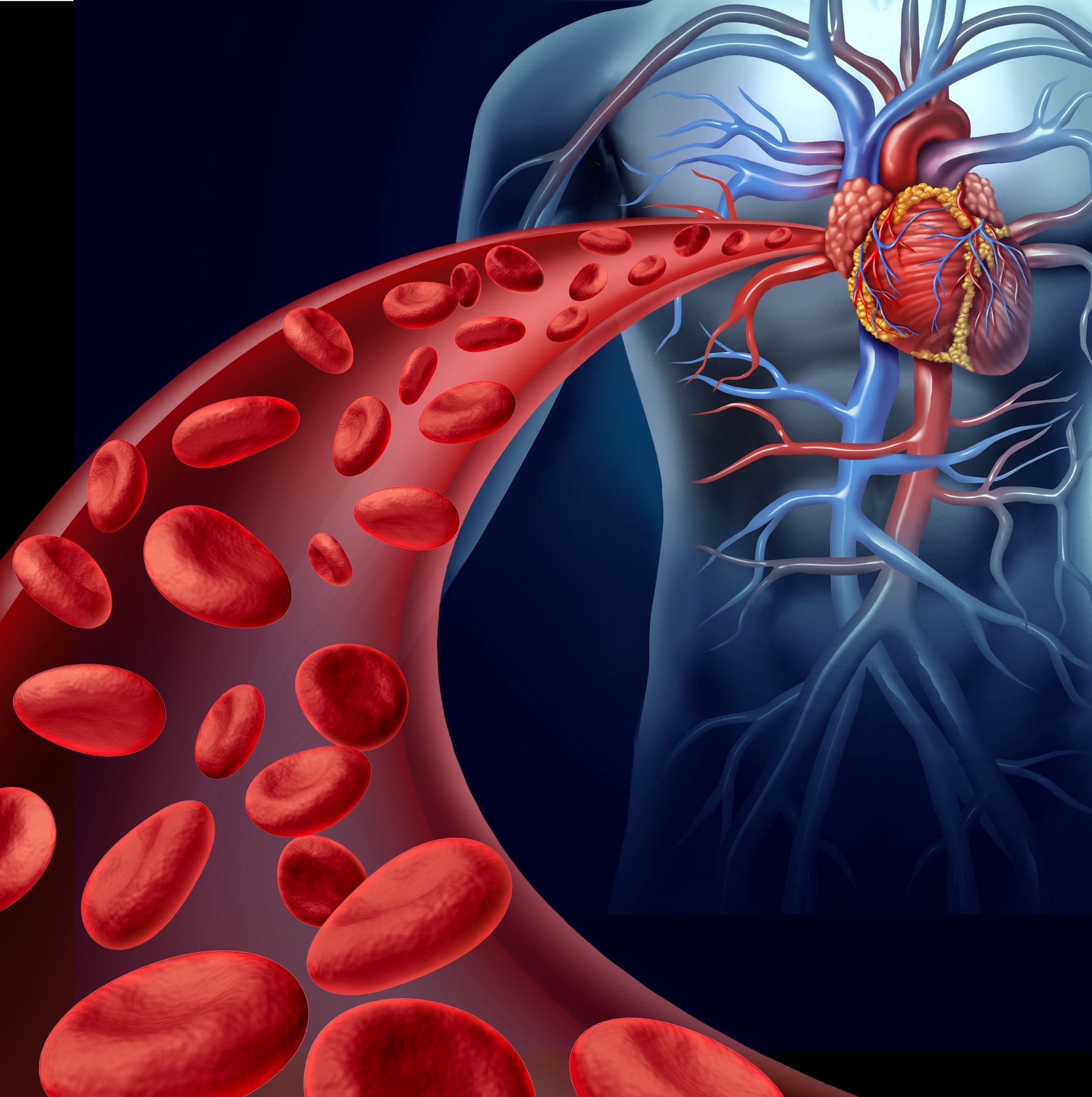Understanding circulation and vein health
Did you know that our bodies are home to 60,000 miles of blood vessels?
With lots of people now leading more sedentary lives, circulation and vein health has never been more important. Our bodies are home to over 60,000 miles of blood vessels that, along with the heart, make up the circulatory system. Its network of roadways carries blood to every corner of your body. However, when your circulation or vein health is poor, blood flow can be slowed or blocked.
Most commonly, circulation problems manifest in the legs or feet. This is because standing and walking puts extra pressure on the veins in the lower body. In a healthy vein, blood is prevented from flowing backwards by a series of valves that open and close to let blood through. If the valves weaken or are damaged, blood can flow backwards and collect in the vein, causing varicose veins – enlarged, twisted veins that sometimes bulge out from the leg.
Symptoms include aching or a feeling of heaviness in the legs, swollen feet and ankles, and muscle cramps amongst others. While varicose veins rarely lead to complications, they can sometimes cause blood clots, which can then lead to more serious conditions such as deep vein thrombosis.
Varicose veins are fairly common, particularly amongst older or pregnant women. However, you’re also at risk if you’re overweight or spend long periods of time sitting or standing, and they can also be passed on through genetics. Despite the risk factors, there’s lots you can do to combat circulation problems or prevent any existing vein issues from getting worse.
Stay active
If you have a desk-based job, it can be hard to avoid sitting or standing for long periods of time. However, by going for a walk on your lunch break or taking short breaks throughout the day, you can keep your blood flowing.
Wear compression stockings
If you’re susceptible to vein issues, whether that’s through genetics, pregnancy or lifestyle, you should wear compression stockings. They work by applying pressure to the calves, contracting muscles around the veins to help blood move back up towards the heart.
Even if you have no visible circulation problems, it’s still advised that you wear compression socks during long flights. This is because when you’re cramped in a small space without much leg room, circulation between your heart and lower legs slows down.
Elevate your legs
Elevating your legs above your heart for ten to fifteen minutes each day can help ease any aching or heaviness in the legs. By reducing the pull of gravity, the excess blood drains out of your lower legs and moves towards your heart.
Talk to your doctor about treatment
In most cases, varicose veins are not a serious condition so don’t usually require treatment. However, if your varicose veins are causing pain, discomfort, or are leading to other complications or health issues, your doctor can recommend a number of treatment options.
These include:
Endothermal ablation – where heat is used to seal affected veins
Sclerotherapy – where special foam is used to close the veins
Ligation and stripping – where the affected veins are surgically removed
Visit www.nhs.uk
“Always talk to your GP if you have a concern”

